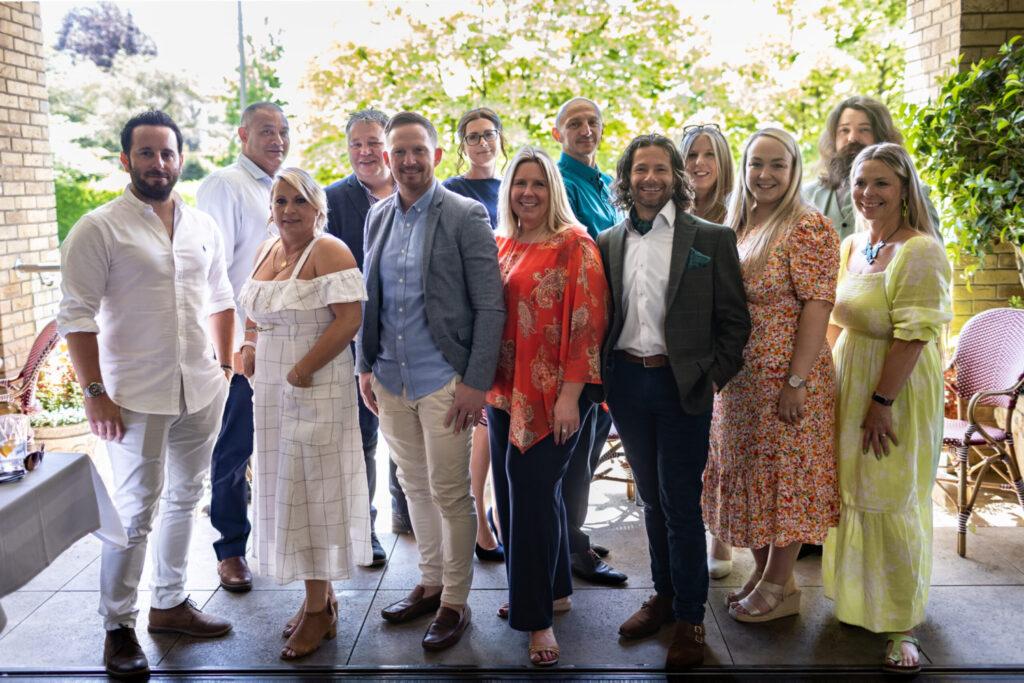A Brief History of the Workplace
We find ourselves in rather unprecedented times where four generations are now sharing offices. As the working population increases and the retirement age increases, we are seeing a more diverse workforce in the office. It’s therefore worth thinking about how that has come about with a brief history of the workplace
The post-war baby boomers are our current oldest working generation starting work in the 1960s and subsequently they have been joined by Generation X, Generation Y (or more commonly known as the Millennials) and Generation Z. Each generation brings its own requirements and expectations to the work environment and this is evident in the way that we design offices today. But how does the modern office compare to offices of the past?
After the war, workplaces were colourless and industrial-looking. Furniture was utilitarian and at the most part, very uncomfortable. Offices were open planned and despite a no-talking rule, they tended to be very noisy from the constant clatter emanating from typewriters used by the ironically named Silent Generation. It was a time of extreme austerity which was reflected in the office layout and furniture. Fast forward to the swinging 60s and laid back 70s and design had taken a bit of a turn. It was a not only a time of social and economic change but also a time of psychedelia and experimentation. Life had become brighter as had the offices. New concepts were introduced and the Germanic idea of the Burolandschaft (office landscaping) hit the UK and the workspace was being looked at in terms of communication flow and needs rather than accommodating the traditional hierarchy. Softer furnishings were being introduced making the office environment more comfortable.
In the 1980s the first of Generation X entered the workplace. There was a shift in attitude and the first stirrings of wanting a work / life balance was appearing. New technology had a considerable impact on design during the period. Desktop computers were introduced and became the norm and the office had to be designed around heavy cabling and bulky equipment. Furniture was arranged around administrative staff to create work areas using storage cabinets and clustered desking and even stronger colours were introduced. The 90s continued in the same vein but finally furniture became lighter and the use of ergonomics became more prevalent.
Then came the 2000s along with the first Millennials in the office. With the introduction of Wi-Fi came a new way of working. There was no longer the need to be in the office everyday and remote working was a practical reality with workers being able to access their work from hotels, home or even the local coffee shop; the traditional idea of a workplace was turned on its head. Moving on from Gen X’s need for a work life balance, Millennials are looking for work-life integration. As the boundaries between work and life are more blurred, they are looking for a different environment at work and want more flexibility in office arrangement with quiet zone, collaboration areas and coffee on tap.
With the ability to access work files 24/7 from anywhere, it almost becomes irrelevant how the office is designed. Almost.
For many companies, a central base is still needed and it makes sense to create a design that is both functional and fun. In many offices, you can find beautifully appointed kitchens with coffee machines and if you have a spare five minutes, you could have a game of table football in the breakout area. Some offices even have integrated sleeping pods for the occasional nap. However, alongside these nice-to-haves you will also find practical workstations which allow the flow of communication and private meeting facilities in many difference guises from the traditional room to enclosed meeting pods.
Accommodating four generations in a workplace could potentially be the cause of conflict, however in reality it is an opportunity to use each generations’ skills to share knowledge and experience. When looking back at our brief history of the workplace, it’s worth remembering that the changes seen over the years have come an extraordinary distance. Offices are now well thought out and provide a lot of the comforts you would have at home. In turn, it entices and motivates employees regardless of which generation they belong to.





